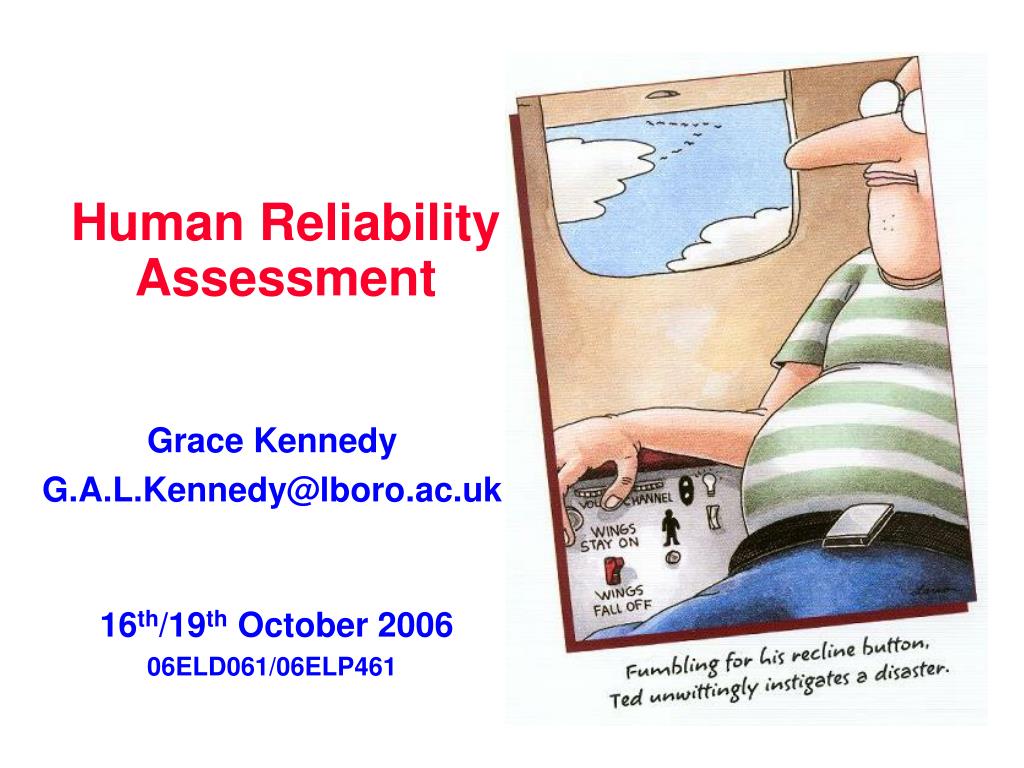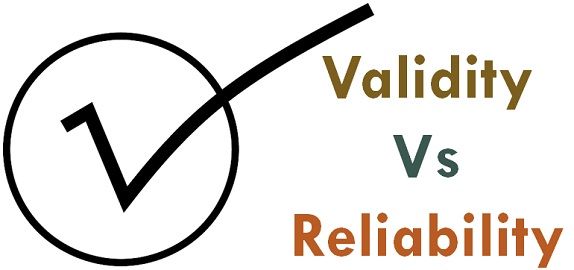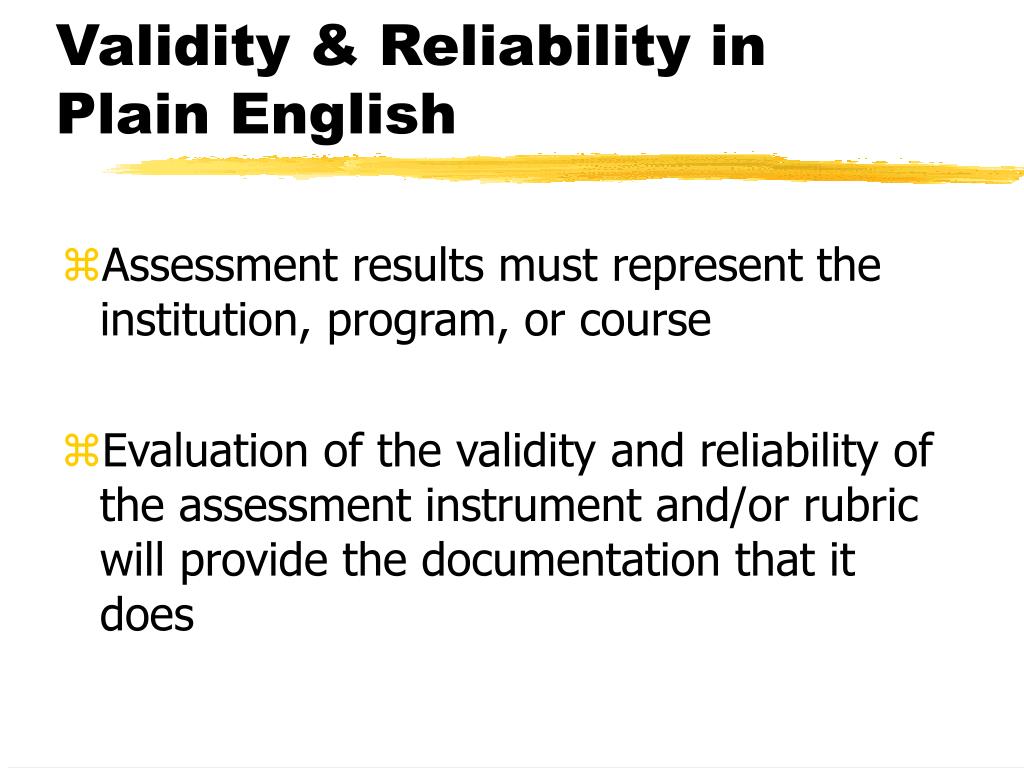
As the judgements by peers need to be valid and reliable, some quality criteria for the peers’ judgements can be formulated depending on the subgoal of peer assessment as an assessment tool. The most well-known goal of peer assessment is its use as an assessment tool. According to Gielen ( Citation2007), peer assessment has five main goals: The use of peer assessment as an assessment tool and learning tool, the installation of social control in the learning environment, the preparation of students for self-monitoring and self-regulation in lifelong learning, and the active participation of students in the classroom. Peer teaching and learning have demonstrated to be an effective educational intervention for health science students on clinical placements (Secomb Citation2007). By judging their peers, students might gain insight into their own performance, although Eva and Regehr ( Citation2005) indicated at the fundamental limitations of self-assessment which did not ameliorate by peer assessment. Peer assessment will encourage students to develop a critical attitude towards each other's professional behaviour. Peer assessment can be used to stimulate students to participate in educational activities and clarify assessment criteria, improve team performance or determine individual effort. In medical practice, peer assessment is considered to be a valuable instrument. Still, the final choice of an instrument for educational purposes can only be justified by its sufficient reliability and validity as well as the discriminative and evaluative purposes of the assessment. Although most studies considered professional behaviour as a main subject of assessment and described peer assessment usually as an assessment tool, great diversity was found in educational settings and application of peer assessment, dimensions or constructs as well as number of items and scoring system per questionnaire, and in psychometric characteristics.Ĭonclusions: Although quite a few instruments of peer assessment have been identified, many questionnaires did not provide sufficient psychometric data.



Results: Out of 2899 hits, 28 studies were included, describing 22 different instruments for peer assessment in mainly medical educational settings.

Methods: A systematic literature search was carried out using the electronic databases Pubmed, Embase, ERIC, PsycINFO and Web of Science, including all available inclusion dates up to May 2010. Background: Peer assessment has been demonstrated to be an effective educational intervention for health science students.Īims: This study aims to give an overview of all instruments or questionnaires for peer assessments used in medical and allied health professional educational settings and their psychometric characteristics as described in literature.


 0 kommentar(er)
0 kommentar(er)
